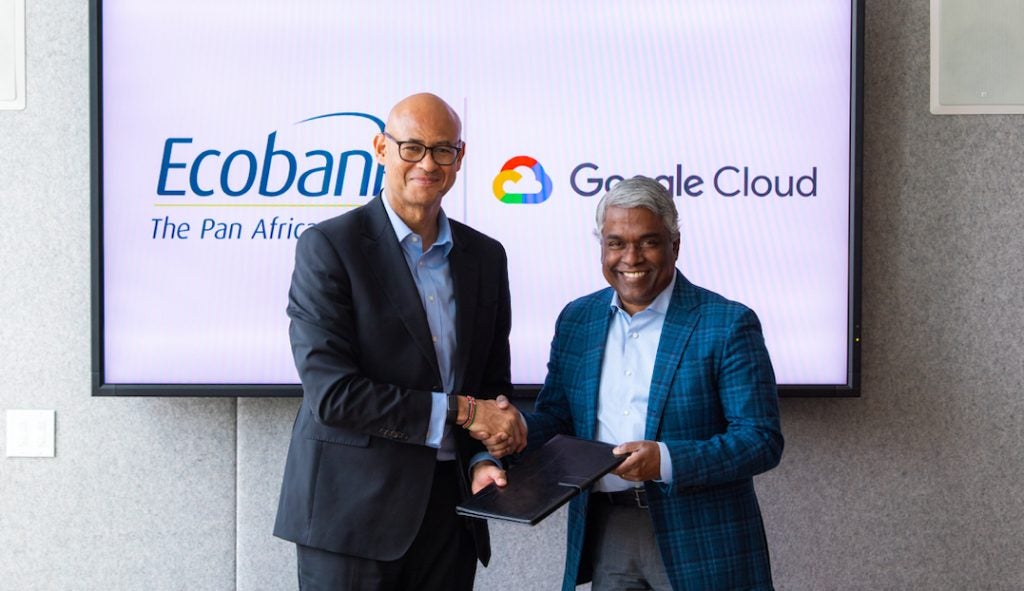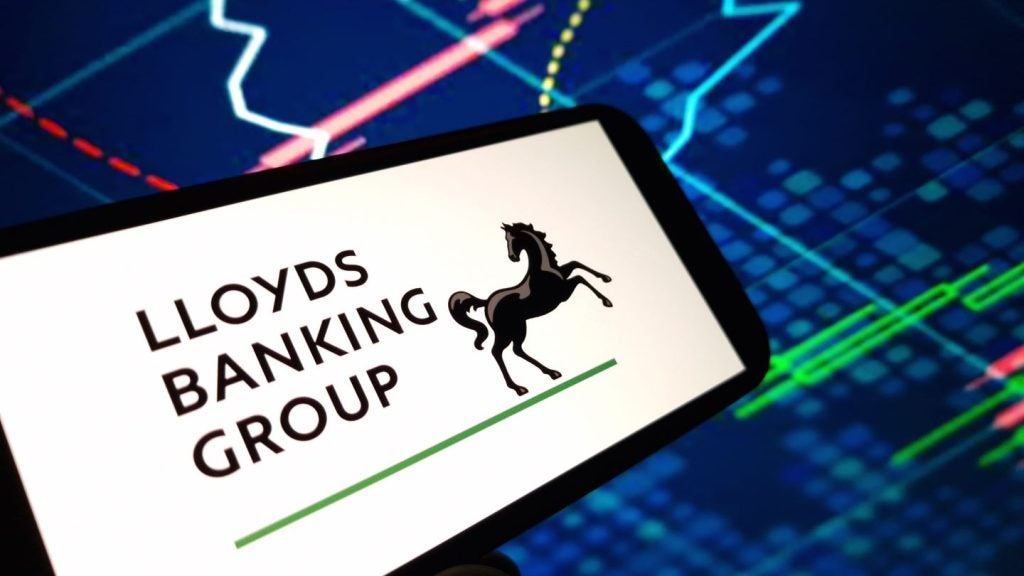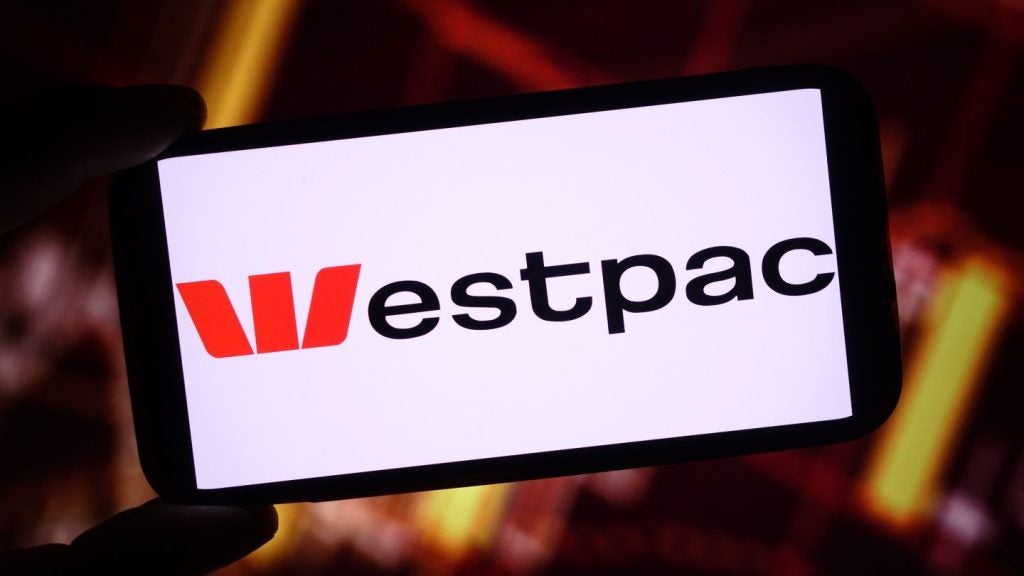One of the biggest challenges that banks face is channel shift. What a ‘channel’ is to banks has changed—away from something they control, like a secure online site or a mobile application, toward an eco-system of platforms where banks are just one provider or voice.
The metaverse can be viewed as a new channel where banks can facilitate virtual transactions through effective financial services and solutions. The prevalence of cryptocurrencies in blockchain-based metaverse worlds, such as Decentraland, The Sandbox, and Axie Infinity, has sparked a growing interest from banking and payments companies to explore their role within the metaverse.
The potential is huge…
The ability to build new virtual worlds has empowered metaverse developers to shape their platforms’ ethos, economics, and transactional mechanisms. Therefore, banking, payment, and insurance companies have a unique opportunity to develop systems and infrastructures that capture a portion of the value flowing through metaverse economies.
The metaverse is still in its infant stages; therefore, the current range of financial services enabling its operations is limited to intermediation, on-ramping and off-ramping, metaverse mortgages, and cryptocurrency wallets. As the metaverse matures, an exhaustive set of financial products and services will be required to support its activities.
A bank’s role in intermediating the metaverse hinges on platform openness. Closed platforms like ROBLOX, Minecraft, and Fortnite (primarily built by large tech companies) have their own centralized in-world monetary policy mechanisms. Roblox, for example, tightly controls the fiat to Robux exchange rate and prohibits secondary market trading. These platforms usually bottleneck transactions themselves by applying their own marketplace fees and withdrawal limits. The current scope for third-party intermediation in closed platforms is, therefore, small.
On the other hand, open platforms like Decentraland and Axie Infinity (primarily built by decentralized autonomous organizations (DAOs)) are controlled by a community of token holders, meaning metaverse transactions take place on a peer-to-peer basis, negating the need for banks to intermediate. In such cases, banks can provide asset management and transaction services for crypto assets, such as cryptocurrency wallets, in exchange for a fee.

US Tariffs are shifting - will you react or anticipate?
Don’t let policy changes catch you off guard. Stay proactive with real-time data and expert analysis.
By GlobalDataWhile no banking and payments companies have yet created cryptocurrency wallets specifically for the metaverse, they have a strong potential to enter the wallet market or release crypto custody services due to their strong branding and natural prowess in creating smooth user experiences. Both Stripe and Mastercard released their ‘Web3 payments solutions’ in December 2022 and February 2023, respectively. In addition, the media reported in January 2023 that BNY Mellon plans to offer a custodial crypto service for tokenized securities and crypto assets in Asia.
…but the reality is underwhelming
The metaverse is a nascent theme, so apart from crypto companies, the potential to offer financial services in the metaverse has been largely unexplored. Banks are instead using the metaverse as a new channel to promote and facilitate physical world operations and solve real-world challenges like demographics and ESG. The ‘fear of missing out’ has resulted in a built-up release of virtual branches and offices that often lack the vibrance to attract significant usage, in part due to a suboptimal user experience of the platforms they occupy. For example, Citi’s Global Wealth (CWG) Center in Decentraland simply links to a website where users can book meetings with the physical CWG Center in Hong Kong and does not incorporate many of Decentraland’s core functionalities like NFTs and cryptocurrencies.
In any case, a bank’s success in the metaverse will depend on the technology’s ability to attract a substantial user base, which is still largely uncertain. In October 2022, it was reported that Decentraland had only 38 active users in a single day. In addition, Meta’s Horizon Worlds has faced ridicule in the media for its proposed user experience, notably the initial absence of legs on avatars. Early signals suggest that the metaverse is not a theme that will gather the masses, but this does not undermine its potential to gain traction in the future. Those banks that guess wrong or decide late risk alienating current or prospective customers.
Suneet Muru is Associate Analyst at GlobalData








